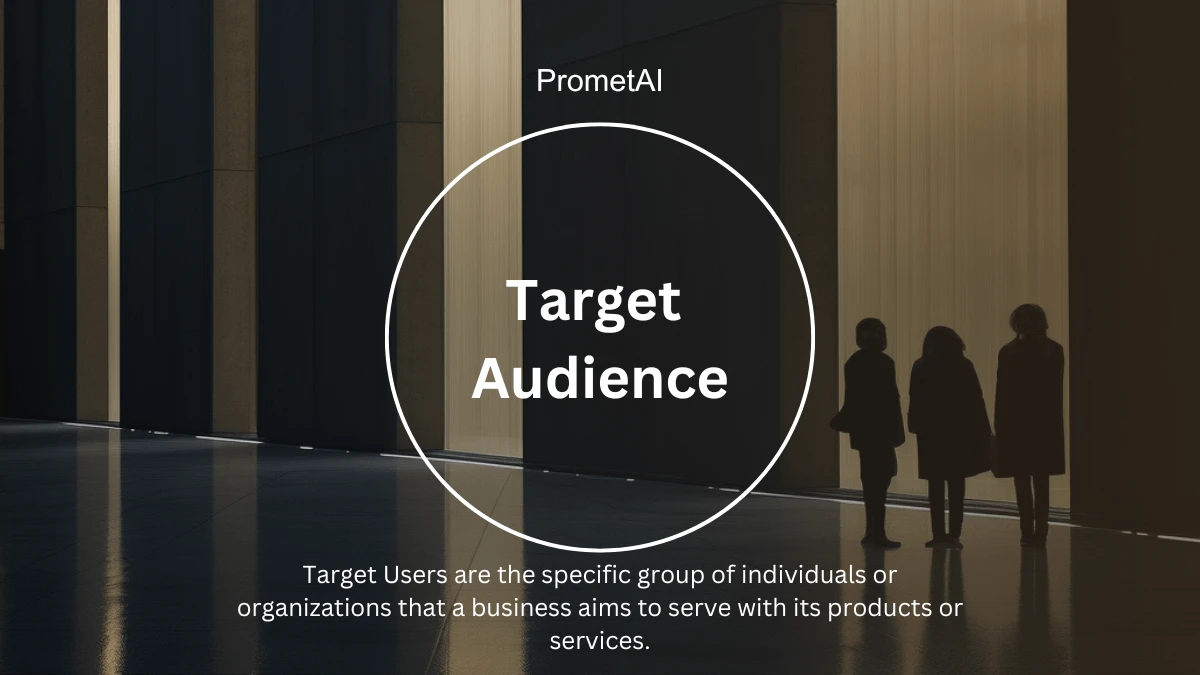Defining a target audience involves analyzing specific characteristics of potential customers. Target audience analysis focuses on demographics, preferences, and behaviors. Identify who benefits most from your product. Understand their needs and interests. Consider factors like age, gender, income, and location. Research their purchasing habits and decision-making processes. Use surveys, interviews, and market research to gather data. Analyze competitors to find gaps and opportunities. Refine your audience definition based on feedback and insights. Continuously update your understanding as market conditions change.
Types of Target Audience
Different types of target audiences help businesses tailor their strategies. These include: Demographic Target Audience, Psychographic Target Audience, Behavioral Target Audience, Geographic Target Audience. Each type focuses on unique aspects of potential customers, enhancing marketing effectiveness.
Demographic Target Audience
A demographic target audience is defined by measurable population characteristics. These include age, gender, income, education, and occupation. Businesses use this data to identify and reach their ideal customers. Demographic information helps in creating personalized marketing messages. It also aids in product development and pricing strategies. Understanding demographics ensures more effective and targeted marketing campaigns.
Psychographic Target Audience
A psychographic target audience is defined by lifestyle, values, interests, and personality traits. This approach goes beyond demographics to understand motivations and preferences. Businesses use psychographic data to tailor messages that resonate emotionally. It helps create deeper connections with customers. Understanding psychographics enhances product development and marketing strategies. This method targets customers based on their attitudes and beliefs.
Behavioral Target Audience
A behavioral target audience is defined by actions and patterns related to product usage. This includes purchasing habits, brand loyalty, and user status. Businesses analyze behavioral data to predict future customer actions. Understanding behaviors helps in creating personalized marketing strategies. It aids in developing loyalty programs and targeted promotions. This approach focuses on how customers interact with products and services.
Geographic Target Audience
A geographic target audience is defined by location-based characteristics. This includes country, region, city, or neighborhood. Businesses use geographic data to tailor marketing efforts to specific areas. Understanding geographic differences helps in creating relevant product offerings. It aids in developing location-based promotions and services. This approach focuses on where customers live and work.
Target Market Example
An example of a target market is PrometAI's target users. PrometAI's target market includes various professionals in the financial sector. These include financial analysts and advisors needing advanced data analysis tools. Corporate executives, like CFOs and CEOs, require reliable data for strategic decisions. Small to medium business owners seek powerful tools for financial management. Startups look for user-friendly financial modeling to attract investors. Individual investors desire accessible tools for personal investment analysis. PrometAI tailors its features to meet the needs of each segment. This ensures a valuable and relevant product offering for all target users.
Difference Between Target Group vs Target Audience
A target audience is a specific segment of potential customers. This group is defined by shared characteristics and behaviors. Businesses tailor their marketing messages to this audience. A target group, however, is broader and includes various market segments. It encompasses all potential customers who might use the product. Understanding the difference helps in creating focused marketing strategies. This approach ensures messages resonate with the intended audience effectively.
